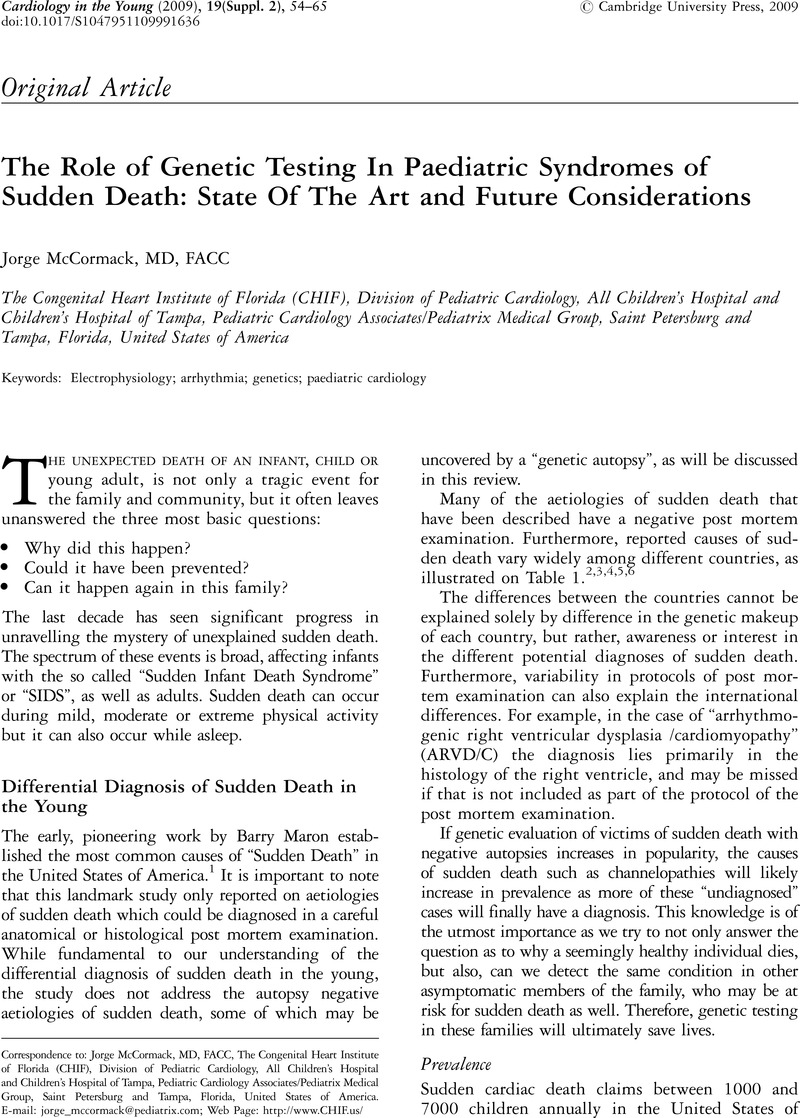Crossref Citations
This article has been cited by the following publications. This list is generated based on data provided by Crossref.
Klintschar, Michael
and
Heimbold, Christian
2012.
No association of SIDS with two polymorphisms in genes relevant for the noradrenergic system: COMT and DBH.
Acta Paediatrica,
Vol. 101,
Issue. 10,
p.
1079.
Klintschar, Michael
and
Heimbold, Christian
2012.
Association Between a Functional Polymorphism in the MAOA Gene and Sudden Infant Death Syndrome.
Pediatrics,
Vol. 129,
Issue. 3,
p.
e756.
Taylor, Glenn P.
Sheppard, Mary N.
and
Ho, S. Yen
2014.
The Pediatric and Perinatal Autopsy Manual.
p.
139.
Zhou, Qiaoxia
Gong, Daoyin
Zhang, Yu
and
Huang, Feijun
2021.
Association between monoamine oxidase A promoter polymorphism and the risk of sudden infant death syndrome: a meta-analysis.
International Journal of Legal Medicine,
Vol. 135,
Issue. 4,
p.
1179.
Pfisterer, Nina
Meyer-Bockenkamp, Fiona
Qu, Dong
Preuss, Vanessa
Rothämel, Thomas
Geisenberger, Dorothee
Läer, Katharina
Vennemann, Benedikt
Albers, Anne
Engelmann, Theresa A.
Frieling, Helge
Rhein, Mathias
and
Klintschar, Michael
2022.
Sudden infant death syndrome revisited: serotonin transporter gene, polymorphisms and promoter methylation.
Pediatric Research,
Vol. 92,
Issue. 3,
p.
694.



